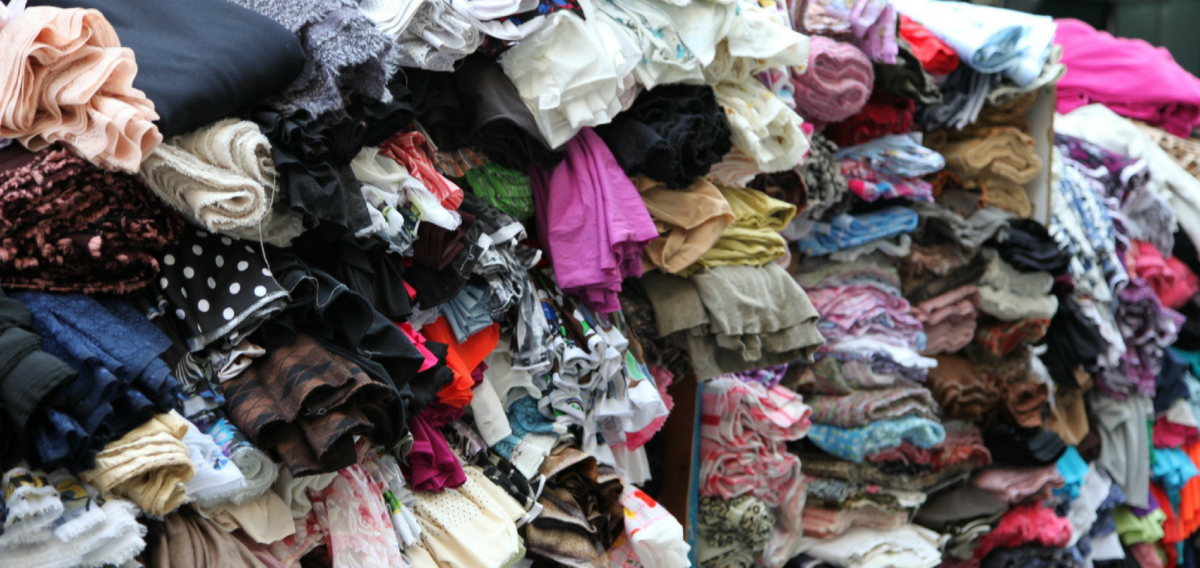Brands and designers have been putting in the hard work lately to ensure their environmental impact is kept to a minimum. But the fashion industry’s efforts aren’t making big enough waves.

The Global Fashion Agenda, Boston Consulting Group and Sustainable Apparel Coalition released a report (Pulse of the Fashion Industry) earlier this week. It found that even though the industry’s environmental and sustainable efforts have increased in the last year, it’s not enough. Progress has decreased by about a third, as the industry continues to rapidly grow and expand. While the sustainable work of those putting in effort is recognised and appreciated, more designers and brands need to rethink their approach to fashion.
The report measured a brands effort in implementing systems and making changes with things like reducing carbon emissions and water use, paying workers a fair wage and working with sustainable materials.
The Pulse Score was 42 (out of 100) this year, four points higher than last. The report states, “Unless the current trend of the Pulse Score improves, fashion will continue to be a net contributor to climate change”.
It was noted that new brands are making the most impact when it comes to implementing sustainable efforts as they’re setting up these systems from scratch, with no old system to go back to. Larger corporations and brands initially made a huge impact on the industry when they made the first steps to a more sustainable system, but it’s been slowing down. Until these larger brands figure out a way to incorporate these more systematic changes into their operations, their sustainability efforts will continue to decrease.
“The industry really needs to pick up the pace. Brands are improving at a slower rate and at the same time we’re seeing a huge production increase,” said Morten Lehmann, chief sustainability officer of the Global Fashion Agenda.
In 2015, Forbes reported that the fashion industry is the second largest industrial polluter, just trailing behind oil. We could blame trends or fast fashion e-commerce sites for the rapid growth and production of clothes, but the issue is greater than that. Without drastic measures being put into place, McKinsey predict that the market is going to grow by five per cent, per year until 2025. The Pulse of the Fashion Industry 2019 update found that projections suggest the global apparel and footwear industry will grow by eighty-one per cent to 102 million tonnes by 2030. At that rate, harmful consequences of production will be seen, and the gap will continue to widen.
The Business of Fashion and McKinsey’s The State of Fashion 2019 states that, “Nine in ten Generation Z consumers believe companies have a responsibility to address environmental and social issues”. This statement should ring home to brands, seeing as that market represents around $350 billion in spending power (in the US alone).
Let us know what you think about the sustainable effort of the fashion industry? What could brands be doing differently to reduce their carbon footprint? Let us know in the comments below.






